“Nanotechnology as a promising candidate in Materials Sustainability Research” message of 11th Volume, 8th issue, August 2020 of Advanced Materials Letters
The potential of nanotechnology to bring out sustainability is now considered as a translational application in advanced materials world. Advanced Materials Letters (AML) is privileged to release its 11th Volume, 8th Issue, in August 2020, which discusses “Nanotechnology as a promising field of research”, and marks that such adaptations bear ability to direct “Materials Sustainability” more appropriately for global excellence. International Association of Advanced Materials (IAAM) releases quality articles in its official journal, Advanced Materials Letters, which focuses on the advancement of materials by nanomaterials research and propagate the IAAM aim of a sustainable world.
The present successful issue contains a backdrop of Covid-19 and discusses the construction material and technology for overcoming the current challenges. The most important applications of Magnesium Oxide (MgO) nanoparticles in various domains have been discussed for promising use. Further, coating thickness aluminum and super-absorbents of firefighters is also discussed in another article. It is important to understand the role of Silver Nanoparticles in enhancing electrochemical reduction of CO2 and then effect of the surfactant type in glasses with valuable information, research, and results for materials knowledge. An interesting experimental and numerical study on microemulsion nanodroplets was focused on telechelic polymers. Another article about the catalytic efficiency of Au3+ metal ions and Au nanoparticles is important in terms of the industrial point of view. In the last, synthesis, functionalization and characterization of magnetic Fe3O4 nanoparticles is worth reading as results demonstrate an excellent adsorption capacity as compared to similar nanoparticles. Overall, this issue brings diversified aspects of nanomaterials in detail for understanding and implicating in the advancement of the materials world. Therefore, decision-making process in materials world has been directed towards dealing with green technologies noticeably in recent years.
The AML August issue has been made possible by the long-standing efforts along with the effective contribution of expert researchers and reviewers coupled with efficient production by organizations’ staff and members who provide comments and support in the articles. Further, the articles of this issue cover the valuable information about nanomaterials research and will serve as a source of knowledge in the literature world. IAAM is engaged in networking and promote its objective of advanced materials research and technology through its not-for-profit, Diamond Open Access (DOA) journal publishing platform which is aimed at ‘Advancement of materials to sustainable and green world’.
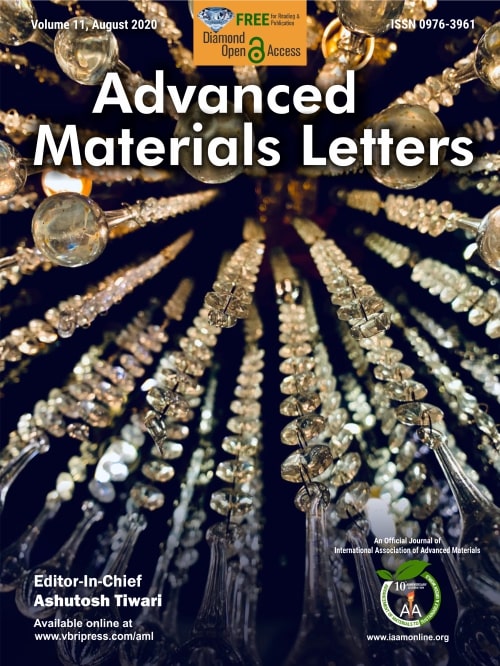
Sustainable development is a term that has been around very much, especially in the last two decades to emphasize our ultimate dream of the future, free from all the challenges that mankind is tackling today. A comprehensive understanding of this area and its challenges is really essential in this current scenario, which will help in living a more cognizant life and to assure a safe home for the next generations without producing any harm to the environment. The cover photo of the current August 2020 issue of Advanced Materials Letters is dedicated to the International Association of Advanced Materials’ agenda of the next decade - "Advancement of Materials to green and sustainable world".
Article 1: Trade-Off Between Safety of Construction Workers and Economy In Backdrop Of Covid-19
The first article of the issue is authored by Ajaya M. Ramachandra and Rajiv Gupta from National Institute of Construction Management & Research and Birla Institute Of Technology and Science, India, respectively. This article emphasizes more on the Indian Construction industry, which contributes to 8-10% of the country's GDP due to COVID-19 pandemic. The main objective of the paper is to understand the current precarious situation of the Construction industry and the strategies to overcome it for moving forward. Here, the author discussed the impact of the lockdown on the industry, stimulus measures announced by the Indian Government, and some other actions recommended by Industry experts for the revival of the Construction sector. Further, experimental study results on the stability of SARS-CoV-2 virus on surfaces of different materials are presented. Also, the potential and suitability of Construction material and technology for overcoming the current challenges posed by the pandemic is discussed.
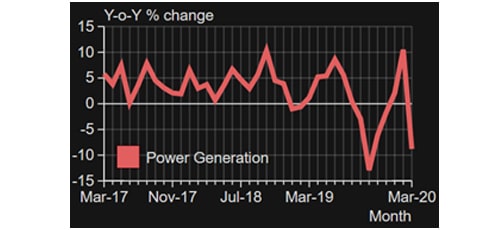
Citation of the article: Adv. Mater. Lett., 2020, 11(8), 20081542. [Download Full Text in PDF]
Article 2: Recent Applications of Magnesium Oxide (MgO) Nanoparticles In Various Domains
The second article is written by Manuel Fernandes et al. from Indira Gandhi National Tribal University, India. This article talks about the unique properties of Magnesium oxide nanoparticles such as biodegradability, non-toxicity, inhibition of biofilm growth, and degradation of harmful dyes such as methyl violet and many more. Along with its easy synthesis by methods such as sol-gel technique, precipitation method, and green synthesis, it is widely applicable for toxic waste remediation, antibacterial materials, removal of industrial pollutants and is also used in anti-arthritic and anti-cancer activities. Besides the above information, properties, synthesis, nanotoxicity and future perspectives of magnesium oxide nanoparticles have also been elaborated in this review.
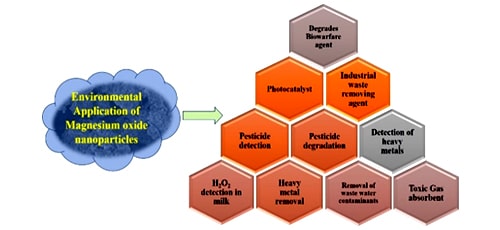
Citation of the article: Adv. Mater. Lett., 2020, 11(8), 20081543. [Download Full Text in PDF]
Article 3: Influence Of Coating Thickness On The Formability Of Annealed Aluminum 2024
The third article of the issue is authored by Irfan Mahmood Khan et al., from Université De Montpellier, France, and Institute Of Space Technology, Pakistan. This article talks about the sheet metal forming of uncoated Aluminum 2024 (Al-2024-TO) alloy. Here, four sets of coated specimens (CS) with different film thicknesses (5 μm, 10 μm, 15 μm, and 20 μm) were anodized and formed to study the effect of coating thickness and lubricant entrapment on the formed depth. Characterization of coated specimens exhibited that the porous thin film with an optimum thickness of 10 μm facilitated the maximum entrapment of lubricant in the pores. The result demonstrates that the enhanced lubrication for CS-2 resulted in the aggravated material flow which showed minimum hardness (60 HV), minimum thickness variation (2.82-2.90 mm), and minimum draw force (11 kN) with the maximum draw depth of 172 mm.
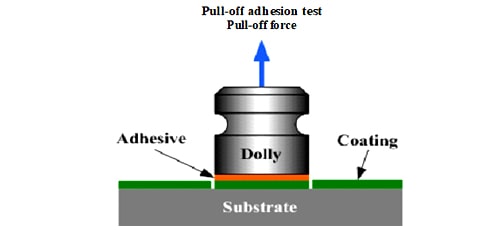
Citation of the article: Adv. Mater. Lett., 2020, 11(8), 20081544. [Download Full Text in PDF]
Article 4: Nonwovens With And Without Super-Absorbents Surface Help Firefighters As Additional Active-Cooling To Prevent Heat-Related Deaths
The fourth article of the issue is authored by Sebastian Micus, et al., from German Institute for Textile and Fiber Research Denkendorf, (DITF) and University Of Stuttgart, Germany. The study discussed in the article focused on drawbacks of the Personal Protective Equipment (PPE). In the article, the author described that in case of fire, fighter’s protection has insufficient dissipation of heat and sweat, and as a result, the body temperature increases. Further, at DITF, intensive research is being conducted on cooling materials to protect firefighters from heat. The author described the development of the active water cooling textile, consisting of different layer constructions and absorption materials. They used super absorbents polymer fleeces and natural viscos fleeces with different weights. The result demonstrates that special thermos-physiological measurement system has been used to measure the cooling ability of the different layer constructions. Moreover, possible cooling effects have be calculated in the article.
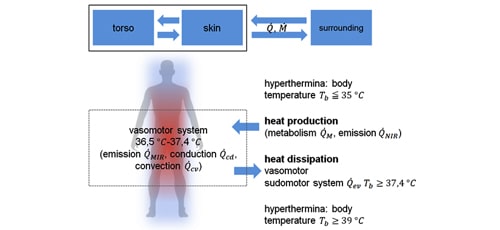
Citation of the article: Adv. Mater. Lett., 2020, 11(8), 20081545. [Download Full Text in PDF]
Article 5: Enhanced Electrochemical Reduction of CO2 By Zeolitic Imidazolate Frameworks-8 Supported Silver Nanoparticles
The fifth article is reported by Zhihong Zhuang et al., from Zhejiang University, People's Republic of China. This article describes that ZIF-8 supported thiol-capped Ag nanoparticles (Ag NPs) is can be act as a typical catalyst for CO2 electroreduction and to improve the CO faradaic efficiency. The synthesis of the catalyst was carried out by reducing Ag+ in ZIF-8 suspension in the presence of thiol-containing mercaptopropionic acid (MPA) molecules. The result demonstrates that the performance improvement in CO2 electroreduction over Ag/ZIF-8 is probably attributed to the small-size of Ag NPs and the synergistic effect between Ag NPs and ZIF-8.
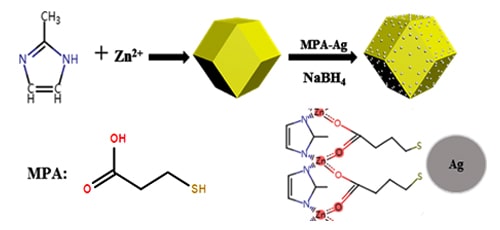
Citation of the article: Adv. Mater. Lett., 2020, 11(8), 20081546. [Download Full Text in PDF]
Article 6: Effect Of Surfactant Type On The Characteristics And Bioactivity Of Mesoporous Bioactive Glasses
The sixth article of the issue is from Hediyeh Nejati Rad et al., from Materials and Energy Research Center (MERC) and Iran University of Medical Sciences, Iran. In this study, mesoporous bioactive glass 77S was synthesized by sol-gel method using two different ionic and nonionic surfactants. Then, the physical-chemical properties of synthesized Bioglass were studied using several techniques (X-ray diffraction, scanning electron microscopy, Fourier transform infrared spectroscopy, etc.). Here, the results showed that using nonionic and ionic surfactants increased specific surface area by 3 and 5 times, respectively. The result demonstrates that the pH analysis results suggested a direct relation between surface area and pH changes. The greatest increase in pH was observed in the sample with the highest surface area.
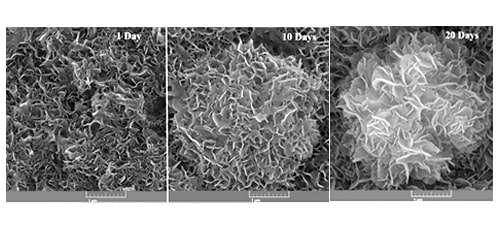
Citation of the article: Adv. Mater. Lett., 2020, 11(8), 20081547. [Download Full Text in PDF]
Article 7: Structure Factor of Charged Microemulsion Nanodroplets Decorated with Telechelic Polymers: Experimental And Numerical Study
The seventh article is reported by Rachid Ahfir and Mohammed Filali from Sidi Mohamed Ben Abdellah University, Morocco. In this study, the author investigated the thermodynamic and structural properties of positively charged O/W microemulsion spherical nanodroplets, suspended in salt water and decorated with telechelic polymers PEO-m and PEO-2m at low and high volume fraction by using Small Angle Neutron Scattering. This article describes and proposes an effective pair potential interaction between charged colloidal particles in solution both with and without added telechelic polymers. The result demonstrates that the author solved the Ornstein-Zernicke (OZ) integral equation in the Hypernetted Chain (HNC) closure relation to obtain the pair correlation function g(r) and the structure factor S(q).
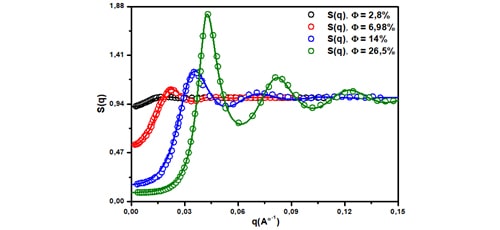
Citation of the article: Adv. Mater. Lett., 2020, 11(8), 20081548. [Download Full Text in PDF]
Article 8: The Catalytic Efficiency of Au3+ Metal Ions And Au NPs On The Oxidation Of Carbonyl Compounds By In Situ Generated Na2FeO4 Under Microwave Irradiation For Industrial Point Of View
The eighth article of the issue has been written by Anamika Srivastava et al., from Banasthali Vidyapith, India. This article talks about the catalytic activity of the Au NPs and Au3+ metal ions used in the oxidation of carbonyl compounds by in situ generated Na2FeO4 from an industrial point of view. Here, the result demonstrates that the Au NPs give better yield as compared to Au3+ ion since in case of bulk metal, the size is enlarged and the surface area is reduced; but when converted to nanoparticles, the surface area increases, so catalytic activity can be augmented.
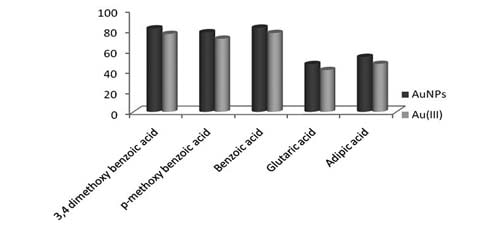
Citation of the article: Adv. Mater. Lett., 2020, 11(8), 20081549. [Download Full Text in PDF]
Article 9: Synthesis, Functionalized and Characterization Of Magnetic Fe3O4 Nanoparticles Protected With MCM-41 Mesoporous
The ninth article of the issue is authored by Ardeshir Shokrollahi et al., from Yasouj University, Iran. In this article, the synthesis of Fe3O4@MCM-41@NH-2,6-pydc as good adsorbent with potential of many applications, by coprecipitation method, was reported. Here, adsorbent characterized by means of X-ray diffraction (XRD), Fourier transform infrared spectroscopy (FT-IR), energy dispersive X-ray (EDX), scanning electron microscope (SEM), Brunauer–Emmett–Teller (BET), differential thermal analysis (DTA), thermogravimetric analyses (TGA), and derivative thermogravimetric (DTG). Overall, the author described that achievements of this research was synthesis of magnetic Fe3O4 nanoparticle and increasing of its stability with MCM-41 mesoporous. Here, the results indicated excellent adsorption capacity as compared to similar nanoparticles.
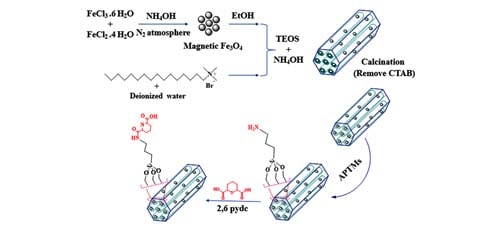
Citation of the article: Adv. Mater. Lett., 2020, 11(8), 20081550. [Download Full Text in PDF]
Discover our collection of articles published in this issue free of cost at https://www.vbripress.com/aml/. International Association of Advanced Materials, IAAM, calls all the members from advanced materials community to encourage this not-for-profit Diamond Open Access Policy by depositing their articles or special issue proposals to Advanced Materials Letters (AML). The peer-review process of submitted articles in the AML is done by using the online manuscript central provided by the ScholarOne – Web of Science Group – Clarivate Analytics, USA. The researchers are requested to submit their manuscripts ONLINE at ScholarOne manuscript submission system.
July 25th, 2020 IAAM Blog International Association of Advanced Materials Leave a Comment
Leave a Reply
Your email address will not be published. Required fields are marked *
Search
Recent Posts
- The 15th Anniversary of Advancing Materials
- Materials Triggered Towards Climate Neutral and Bio Active Functionality Via Nano and Electrochemical Interaction: Evolution of Advancement in the Volume 12 of Advanced Materials Letters, August 2021
- Promising Materials Features Transforming Sustainable Development with Intelligence and Green Chemistry: Exclusive Paradigm of the Volume 12 of Advanced Materials Letter, July 2021
- Attaining the SDGs Through Resilient Approach Needed High Performances Materials, Symbolize in the 6th Issue, Volume 12, June 2021 of Advanced Materials Letters